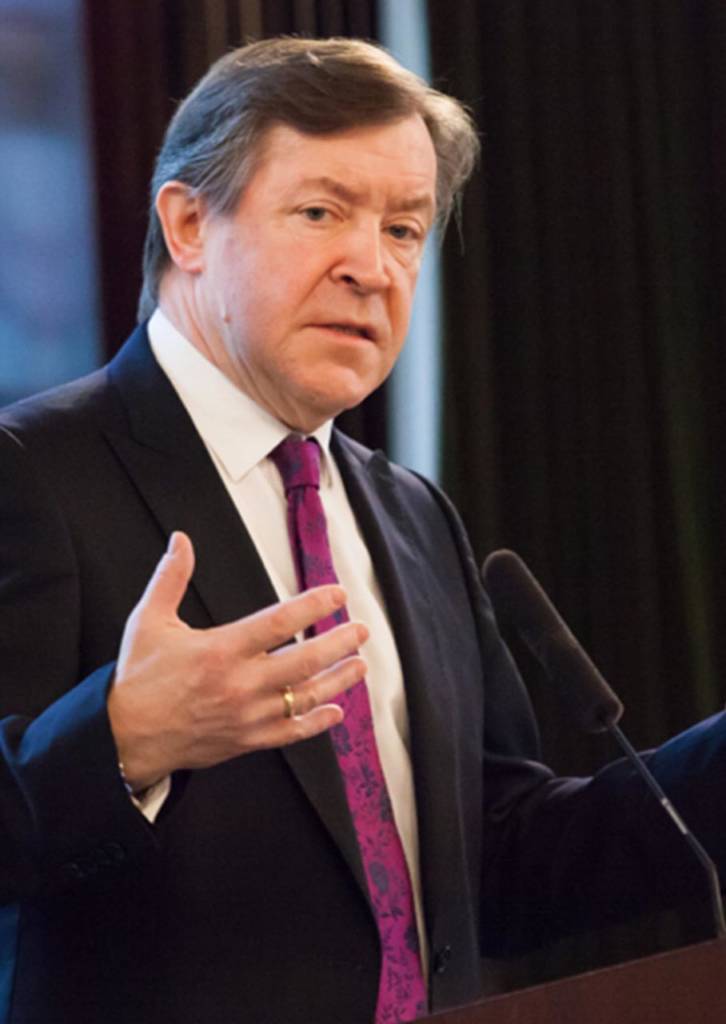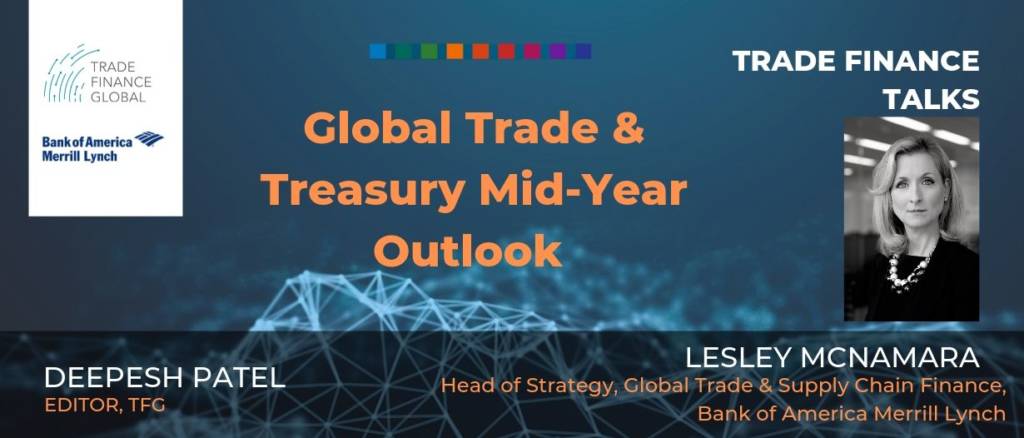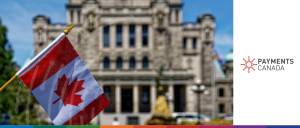How can the UK ‘green’ its finance system? Meeting the Paris Agreement’s targets on greenhouse gas emissions is no easy feat. TFG spoke to Sir Roger Gifford, Chair of the UK Green Finance Institute, on how we can integrate climate science data and risk analysis into financial decision making to get sustainability at the forefront of the agenda for governments, banks and companies.

Name: Sir Roger Gifford
Company: UK Green Finance
Position: Chair
This year Trade Finance Global caught up with the Chair of the UK Green Finance Institute, Sir Roger Gifford at the World Conference for Banking Institutes, in partnership with LIBF.
Sir Roger is Vice Chairman and a past Chairman of the Association of Foreign Banks in London, President of the Bank Workers Charity and the Chairman of the City of London 2016 Green Finance Initiative. He is also a Non-Executive Director of Multrees Investor Services, a fast-growing financial intermediary in the wealth management industry. Sir Roger’s interests in music and the arts are reflected in his voluntary work as a trustee of several charitable foundations as well as a patron for the financial literacy charity MyBnk. He is Chairman of the English Chamber Orchestra, Tenebrae Choir and the City Music Foundation and is a trustee of St Pauls Cathedral Foundation and the Barbican Centre Trust. He is a strong supporter of the City’s contribution to the economic, cultural and social fabric of the UK.
Reporting live from WCBI, TFG’s Persiana Ignatova caught up with Sir Roger.
The UK Green Finance Taskforce Explained
PI: You are a Chair of the UK Green Finance Institute and a leading figure for Spacial Finance initiative. Can you tell us more about the institute and the initiative?
RG: The formation of an institute to carry forward our work on green finance was a recommendation of the Green Finance Taskforce conducted last year and will address and assist the Government’s Green Finance Strategy, published earlier this year. It will focus on many issues pertaining to the Government and the City of London’s agendas around greening the finance system, promoting London as an international green finance centre and, especially, mobilising finance for green and transition projects and companies. I believe the formation of the institute is another example of both the Government and the financial community’s strong commitment to meeting the Paris Agreement’s targets on greenhouse gas emissions – a commitment we feel is urgent and immediate.

PI: Green Finance is so much in demand from the world’s financial institutions; however, it requires good data and good data needs good science. In what areas will be the spacial finance initiative pioneering and how it will influence the ESG investments?
RG: Absolutely right – and much of the development of green and transition finance will only take place when that data is in place. If it can’t be measured, it can’t be relied on and professional institutions and banks will not change their decision-making just on hear-say.
Spatial Finance is a new initiative aimed at monitoring both changes in the earth’s physical appearance and make-up, through satellite imagery, and measuring change over time in, for instance, deforestation and urban development, using AI as a tool to interpret and manage data.
PI: How are the market participants integrating climate science data and risk analysis into financial decision making?
RG: With some effort as the science evolves! Some areas lend themselves to scientific analysis more easily than others. And very often it is the political decision-making in the area of climate change – eg energy and transportation – that makes alternative technologies viable, as much as scientific analysis. In other words, the financial community largely accept that political decision making has had a scientific base in its reasoning. The insurance sector is arguably more experienced in looking at climate risk and using data to assess future risk than, say a bank. However, this is changing as banks come to realise the risks that climate change poses in many parts of their lending portfolios. To which can be added shareholder pressure and reputational risk in lending to eg brown energy projects.

Environmental, social and governance (ESG)
PI: Market participants are integrating ESG metrics at a rapid rate into their portfolio strategies, increasing the demand for investment in green products. The funds allocated for ESG investments are 2 trillion USD and the green bond market is evaluated at 500 billion USD. What can be done for this supply-side shortage and in what time frame?
RG: Well, I’m not sure that ESG necessarily means analysing and mitigating climate risk for all institutions though I think it should. We need to split E from S and G as the risks are different and the commercial returns are a different part of the investment analysis. S and G are important and should be applied to all investments regardless. The environment aspect is also a key ‘hygiene’ factor in ESG investing but carries a separate, identifiable set of parameters around risk and return.

Greening the financial system
PI: Green finance has now moved from being a specialist and slightly worthy endeavour to become a recognised feature of both financial practice and financial policy. What are the regulatory developments around the ESG Investments? And Brexit aside, how will it affect London’s ambitions to be the world’s big green finance centre?
RG: Taking the second question first, I believe that the concentration and effort that City firms – banks, insurers, investors and regulators – are making both in greening the financial system and in financing green ventures will make it clear that London is serious about developing products and markets in green instruments – an area that, for instance, the London Stock Exchange has been active and successful in. On the first question, yes, it has moved in perception massively in the last 5 years as risks are better understood and governments around the world strive themselves to meet their Paris commitments.
PI: Green finance has proved to be a way for the financial institutions them to reconnect with their customers and society. What are the factors that created this global market awareness? Can you outline some key iconic deals in the green finance space?
RG: The first green finance transactions were launched by the World Bank and the EIB just 11 years ago – and the leadership of these two globally respected institutions undoubtedly gave the market an impressive start. I don’t think it is a coincidence that the strong growth in the market has come after the 2008 financial crisis and the widespread distrust of financial institutions which followed. Since then I would say that the entrance of a number of sovereigns to the market, and the strong commitment by Chinese banks and institutions have been really impressive and helped to move the market forward. Deal after deal has seen innovation and variety being brought to the market. A recent transaction by the NIB (Nordic Investment Bank) in ‘blue bonds’ designed to improve the environment of the Baltic Sea, shows how creative the genre has become. And banks are increasingly making loans to companies where their returns are linked to the sustainability performance of the company in question, further demonstrating the desire to see a strong societal connection to the borrowing by both corporate and bank.

































